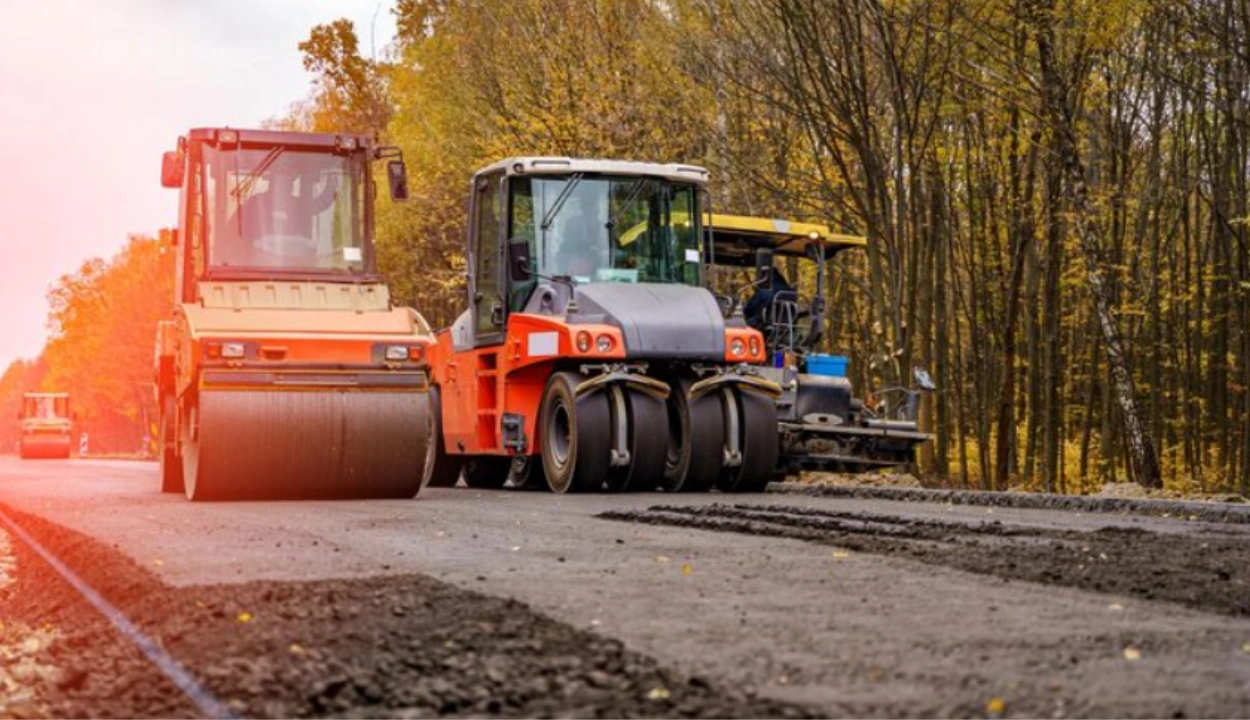What are Tracker Tags and Their Role in Equipment Tracking
Equipment is the foundation of construction profitability. It serves as the goldmine for any construction business.
The quality of equipment directly impacts the efficiency of the construction process.
With the advancement of technology, tracker tags have become essential tools for construction companies to monitor and manage their equipment more efficiently.
What are Tracker Tags?
Tracker tags are small devices that can be used to find lost items.
They are attached to valuable possessions and employ advanced technologies such as mobile crowdsensing (MCS), the Internet of Things (IoT), and opportunistic networking (OppNet).
Tracking tags can be utilized for cellular communications or GPS (Global Positioning Systems) to ascertain location without incurring significant expenses.
Some popular tracker tags include Apple's AirTags, Android GPS tracker tags such as Samsung's Galaxy SmartTag, and Tile's tags.
These tracker tags utilize Bluetooth Low Energy (BLE) to transmit short signals (advertisements) to nearby smartphones, enabling the device's tracking.
When a compatible smartphone receives such signals, it transmits the tag's location, leveraging broadband communication capabilities.
Types of Tracker Tags
Some popular types of tracker tags are as follows:
Radio Frequency Identification (RFID)
- RFID is a versatile tracking technology with indoor and outdoor applications across various fields.
- Components of RFID systems include RFID tags and scanners.
- Tags consist of an antenna for radio signal transmission and a chip for storing relevant information.
- Different radio frequencies are utilized for the transmission and recording of signals.
- RFID tags detect and absorb signals, allowing for tracking within a limited radius, especially in retail environments.
Radio Tracking
- Built on RFID technology, radio tracking utilizes radio signals to gather location-specific information.
- Radio trackers have their power source, extending their signal transmission range.
- Directional data transmission aids in determining approximate locations through methods like triangulation.
- It is commonly used in monitoring wildlife behavior, health, and movement patterns.
Near-Field Communication (NFC)
- A passive RFID technology integrated into modern smartphones for contactless operations.
- Popularized by contactless payment systems and modern ticketing.
- It operates within a close range (up to four inches) and is unsuitable for indoor settings.
- Known for energy efficiency, accuracy, and cost-effectiveness.
Geofencing
- Passive tracking technology combining RFID and GPS systems.
- Alerts are triggered when an object exits a designated area.
- Widely used in warehouses for inventory management and security.
- Potential applications in manufacturing settings for access control.
Internet Tracking
- Used for locating and recovering stolen computing devices.
- Activated through BIOS settings, allowing devices to send location data to central servers.
- Utilizes wireless data or IP address for data transmission.
- Enables triangulation for precise device recovery.
Cell Phone Triangulation
- Tracks device location using cell tower signals.
- Effective in areas with weak GPS signals.
- Relies on signal strength analysis from nearby cell towers.
Global Positioning Systems (GPS) & Satellite Tracking
- Utilizes a network of satellites and complex algorithms for accurate location determination.
- Installed various GPS devices across construction, aviation, and logistics industries.
- Provides precise location data within a few meters.
- Integral to daily operations in several industries for tracking assets and vehicles.
What Is the Role of Tracker Tags in Equipment Tracking?

Regardless of your size, industry, or business type, employing a tracking tag is essential for managing your assets effectively.
RFID asset-tracking systems offer tools that meet your expectations and enhance various other asset-tracking operations.
Reduce Loss and Theft of Assets With a Real-Time Locating System (RTLS)
Construction businessmen will damage the business’s bottom line while trying to replace lost, misplaced, or stolen assets.
Several asset-heavy industries have to face this, such as the American auto industry, which spends $750 million a year a year to replace reusable packaging.
However, construction companies spend $1 billion annually to deal with job site theft.
Twenty-four million luggage articles were lost in 2016 because of poor location tracking.
Businesses use multiple RFID readers and antennas to triangulate the exact asset locations, resulting in accurate and real-time location data.
Cost Savings
The overall efficiency gained through optimized asset management translates into improved operational performance and cost savings.
For instance, by minimizing equipment downtime and optimizing resource allocation, the construction company can complete projects more quickly, ultimately meeting deadlines consistently and reducing unnecessary expenditures on repairs and replacements.
Delivers High Return on Investment (ROI)
Expensive tools aren't necessary to effectively utilize the RFID asset tracking system; it's accessible to every business.
Everyone, from enterprises with multiple sites to warehouses, can install an RFID at every business level.
In contrast to other kinds of asset tracking, RFID is a cost-efficient and long-lasting tracking solution.
Due to its low running costs, businesses in the Logistics, Manufacturing, and Retail sectors have used it to achieve an ROI of up to 200%.
Suppose that the average price of Passive RFID tracking starts from $0.08.
Modern smartphones already have RFID reader capabilities, so you don't need to purchase an expensive one. Plastic tags are durable, and you can use them several times.
Versatility and Adaptability
Tracker tags are versatile; they can be applied across various industries and applications. Businesses can customize these tags to meet their specific needs.
Tracking keys and small tools or monitoring large machinery and vehicles, asset tracking tags excel in diverse scenarios.
The adaptability of these tags ensures smooth functionality, from inventory management to GPS tracking for fleet monitoring.
Whether in healthcare, logistics, or construction, tracker tags' versatility is invaluable for optimizing operations.
Clue: Your Go-To Solution for Equipment Tracking
Clue offers a comprehensive suite of features that cater specifically to the needs of construction businesses seeking efficient asset tracking solutions.
Here's why you should choose Clue:
- BLE beacon tracking for real-time asset monitoring and clocking.
- Streamlined tracking and data collection for optimized inventory management.
- Comprehensive solution catering to equipment and personnel tracking for significant cost reductions.
- Supports diverse equipment from various manufacturers and integrates with major OEMs.
- Potential expansion to track all construction site elements for improved operational efficiency.
Final Thoughts
This article explored the importance of adding tracking tags to equipment systems for optimizing construction workflows.
Such sophisticated technology would benefit companies by reducing risks, providing a cost-efficient solution, and helping save money, especially in industries like construction, healthcare, and manufacturing.
Tracker tags utilize special technologies like RFID, GPS, and Bluetooth to instantly show the precise location of equipment.
These new tools, such as Clue, will assist businesses in working more efficiently and remaining successful in the evolving business landscape.
FAQs
What Is the Role of a Tracker?
GPS trackers support the digitization of processes and simplify data collection. They ensure that accurate information is collected and stored in a central location accessible to all team members, enhancing coordination and efficiency.
What Equipment Is Used in Tracking?
Equipment used in tracking typically includes GPS, Bluetooth, RFID, or QR code technologies. These tools help monitor and manage assets effectively.
What Is an Equipment Tracking System?
An equipment tracking system is a process businesses use to keep track of their tangible assets. Physical equipment is tracked using tags or barcodes, allowing businesses to document and monitor everything they own effectively.
Transform Your Equipment Management














